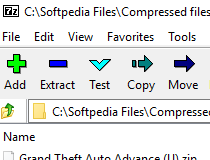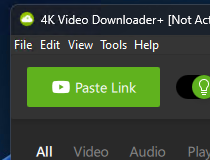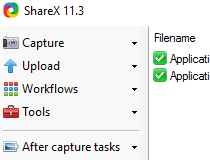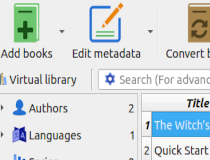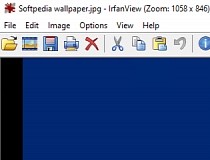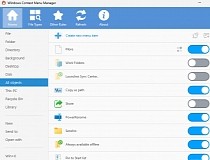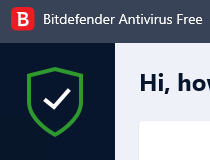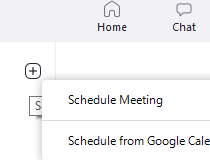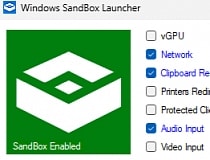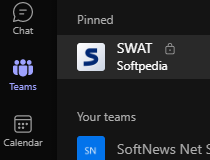Squid Graph is a Squid logfile analyzer and traffic grapher.. #Logfile analyzer #Traffic grapher #Squid analyzer #Squid #Logfile #Analyzer
Squid Graph is a free, simple, yet powerful Squid v2 native logfile analysis tool that generates reports with graphical representation of the proxy server's traffic.
Squid Graph is distributed under the GNU General Public Licence (GPL), which means it is FREE FOR USE AND DISTRIBUTION.
Squid Graph was developed using the Linux operating system running kernel versions ranging from 2.2.x to 2.4.x with PERL 5.6.0. It should work on all other similar operating systems with PERL 5.6 and above installed.
Some platforms which have been reported to run Squid Graph successfully are FreeBSD, OpenBSD, Sun Solaris and most Linux kernel versions and distributions.
What's New in This Release:
� No algorithm changes, mostly changes to contact information etc. due to hand-over of project to SecurLogic.
Extracting the Tarball
� Extract the Squid Graph tarball file after you have downloaded it. Those with Redhat Linux (or other similar distributions) can do this: -
$ tar -zxvf squid-graph-x.x.tar.gz
� Alternatively, those with UNIX-like operating systems can do this: -
$ zcat squid-graph-x.x.tar.gz | tar -xvf -
� As of version 3.0, Squid Graph requires the GD perl module. You can download it from http://stein.cshl.org/WWW/software/GD/ or you can use the included GD-1.3.3.tar.gz file in the extras/ directory.
� Follow the intructions in the GD perl module to get it installed correctly before you proceed.
� Squid Graph runs out of the box. You don't have to compile it.
� You might not prefer to have Squid Graph lying around in your current directory, so you should just move it to a directory which makes sense, such as /usr/local/squid-graph. e.g.
$ mv squid-graph-x.x /usr/local/squid-graph
Runing Squid Graph:
First, get yourself into the bin/ directory, for example: -
$ cd /usr/local/squid-graph/bin
Next, you run Squid Graph with the default options. The bare minimum for Squid Graph to run is the --output-dir option. The output directory is where the generated HTML reports and image files would be written.
$ ./squid-graph --output-dir=/var/www/html/reports < /usr/local/squid/logs/access.log
NOTE: Please check your directory permissions of your output directory!
Usually you would want the output to be generated into a directory which your web server is configured with access to. In the above example, /usr/local/squid/logs/access.log is your Squid logfile.
Where you store your Squid logfile differs from system to system. For default Redhat Linux installations, it should be in /log/squid/access.log. For those who compiled and installed Squid with the default options, it should be in /usr/local/squid/logs/access.log.
Removing the TCP or UDP Graphs
Most of you won't use cache ICP or log cache ICP, so there won't be any UDP messages in your logfiles. Disabling UDP is a good idea. You can do this by specifying the --tcp-only command line option.
$ ./squid-graph --tcp-only --output-dir=/var/www/re...
Likewise, if you only want to see UDP statistics, you can specify the --udp-only option.
$ ./squid-graph --udp-only --output-dir=/var/www/re...
Generating Cumulative Graphs
As of version 3.0, Squid Graph comes with a new feature to generage cumulative curves instead of the normal graphs. This can be done by specifying the --cumulative option.
$ ./squid-graph --cumulative --tcp-only --output-dir=/var/www/re...
To have a better understanding of what cumulative curves are, take a look at the output examples. Do note that enabling cumulative graphs disables the Average Transfer Duration graph automatically.
Disabling Average Transfer Duration Graphs
You can disable the Average Transfer Duration Graph by specifying the --no-transfer-duration option.
$ ./squid-graph --no-transfer-duration --output-dir=/var/www/re...
Specifying the Start/End Time
By default, Squid Graph generates reports based on the current time. It starts analyzing from 24 hours before the current time until the current time. Sometimes we cycle logfiles so it is necessary to specify when you want Squid Graph to start looking at your log files. This is done by specifying the --start option.
$ ./squid-graph --start=991353612 --output-dir=/var/www/re...
Likewise, you can specify the end time and Squid will automatically calculate the start time for you. This is done by specifying the --end command line option.
$ ./squid-graph --end=991352122 --output-dir=/var/www/re...
To get the last line of the Squid logfile, simply use tail -n1 logfile.log
Note that the start value is a numerical value which represents the number of seconds since 1970, NOT the conventional hh:mm:ss dd/mm/yyyy format. The reason why we did this is because Squid logs its time in this format, and we can easily use head -n1 logfile.log to view the first line of the log file to determine the start time.
What's New in This Release:
� Updated links after moving project to Sourceforge � Updated links to incorrect GPL license in documentation � Updated links to outdated GD Perl module � Simplified package directory structure and removed old files � No algorithm / logic changes
Squid Graph 3.2
add to watchlist add to download basket send us an update REPORT- runs on:
- Linux
- filename:
- squid-graph-3.2.tar.gz
- main category:
- Internet
- developer:
- visit homepage
7-Zip 23.01 / 24.04 Beta
4k Video Downloader 1.5.3.0080 Plus / 4.30.0.5655
ShareX 16.0.1
calibre 7.9.0
IrfanView 4.67
Context Menu Manager 3.3.3.1
Bitdefender Antivirus Free 27.0.35.146
Zoom Client 6.0.3.37634
Windows Sandbox Launcher 1.0.0
Microsoft Teams 24060.3102.2733.5911 Home / 1.7.00.7956 Work
- Zoom Client
- Windows Sandbox Launcher
- Microsoft Teams
- 7-Zip
- 4k Video Downloader
- ShareX
- calibre
- IrfanView
- Context Menu Manager
- Bitdefender Antivirus Free
